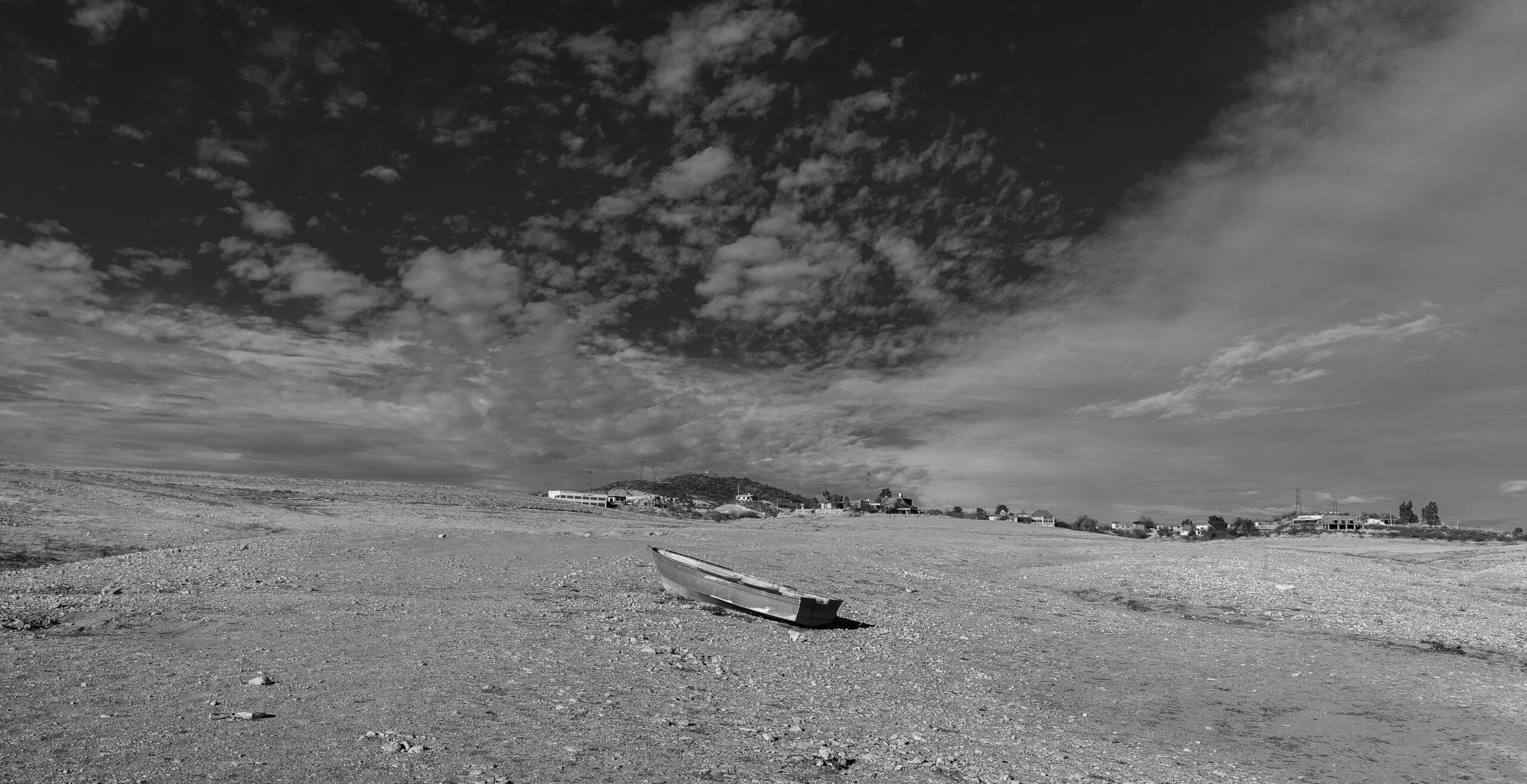ustxtxb_obs_1977_09_09_50_00011-00000_000.pdf
Page 14
Victoria o Matagorda Bay Plant Corpus 0 Christi Map by Laura Eisenhour Ingleside Plant The Texas Observer in the Classroom Seven Issues A_ For orders of ten or more copies of each issue sent to a single address the cost for the semester is just $1 per person, sales tax included. Classroom .subscriptions will begin with the issue published in early September and extend into December. Seven fortnightly issues in all. \(That’s about 14 cents an issue . . . 38 cents less To place your order, please indicate the number of students who will be subscribing, your needs regarding a free desk copy, and the mailing address we should use. If the number of subscribers is uncertain, feel free to make a generous estimate. After the class rolls settle, we will bill youat $1 eachonly for the number of persons who finally decide to subscribe. THE TEXAS OBSERVER 600 W. 7th, Austin, Texas 78701 and around Ingleside, where residents are mounting a bitter fight against the proposed Corpus Christi Bay facility. An Ingleside physician has written the Port of Corpus Christi urging it to kill the proposed plant, and warning that a spill or leak from terminal tanks could set off a fire that “would make the Texas City disaster of the late ’40s seem like a cigarette lighter.” \(On April 16, 1947, a French ship loaded with fertilizer exploded in the Texas City harbor, killing 461 people, injuring 4,000 others, and causing over $61 million in property Safety record LNG, like nuclear power, has a good safety record_ so far. Worldwide, some 100 LNG facilities have logged more than one million hours of safe operation. Since 1967, LNG tankers have traveled almost half a million accident-free miles. But two incidents have sparked opposition to LNG in Texas and elsewhere. In 1973, a fire in an empty, out-of-service tank on New York’s Staten Island killed 40 men working inside. The blaze was unrelated to LNG use, but the facility has been kept closed. Twenty-nine years earlier at an LNG plant in Cleveland, Ohio, a 1.2 million gallon leak touched off fires and explosions that killed 128 people and injured 300 others in what was then one of the worst industrial accidents on record. Despite LNG’s near-perfect safety record since the 1944 Cleveland disaster, the Federal Power Commission has been cautious in licensing LNG plants, and the Carter administration has said terminals should be built in unpopulated areas. Meanwhile, the Coast Guard, FPC, and other U.S. agencies have promulgated regulations covering LNG transport and regasification. LNG brings some unique risksits ability to produce nameless explosions when brought into contact with water and the potential danger of fire resulting from spills and leaks. Ingleside residents point to a number of industrial facilities near the proposed plant as invitations to disaster. “We might live here forever and nothing would happen. But if that thing ever blows up, it would flatten all of us,” says an anti-LNG partisan. Peoples Gas Co. claims nearby residents have nothing to fear. “This is not a monster,” says E. Tony Malito, the project manager. “If we can’t build it so it’s environmentally acceptable, we won’t build it at all.” The company’s assurances have yet to satisfy the plant’s wary neighbors. The final decision on licensing rests with the FPC, and no one knows what the agency will do. Despite President Carter’s vague dictum that LNG plants should be located in remote areas and pleas from the attorneys general of New York, New Jersey, Pennsylvania and Delaware that the FPC set uniform national standards for location of LNG terminals, each license application is considered without benefit of uniform standards. Nobody is saying LNG is risk-free. “You’re dealing with a problem common to all energy-related projectshow much risk can you live with?” says a Peoples Gas spokesman. LNG’s problem has been that those who will have to live next to the dangers it poses define the problem differently. Peter Applebome is a reporter for the Corpus Christi Caller. 11 THE TEXAS OBSERVER


